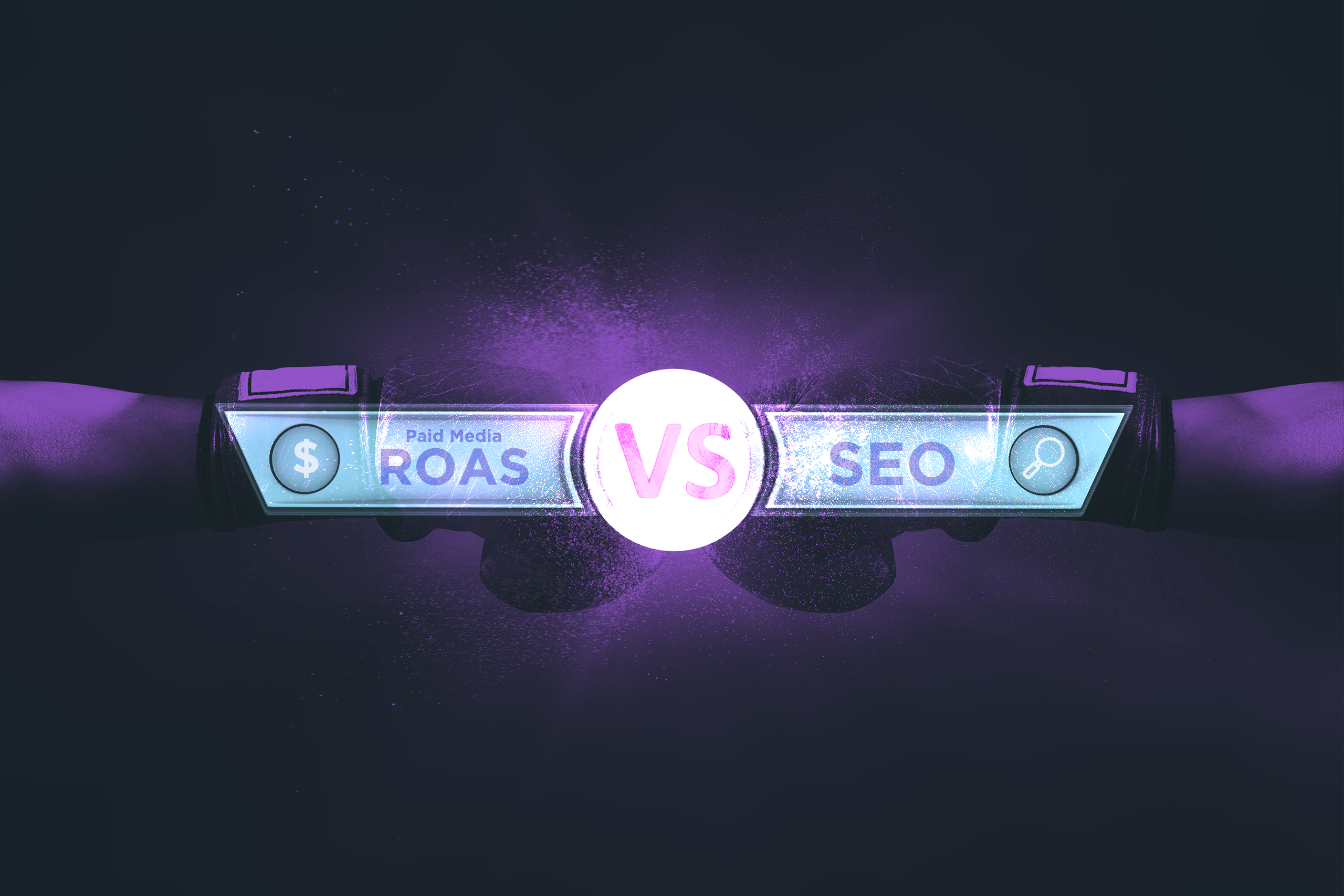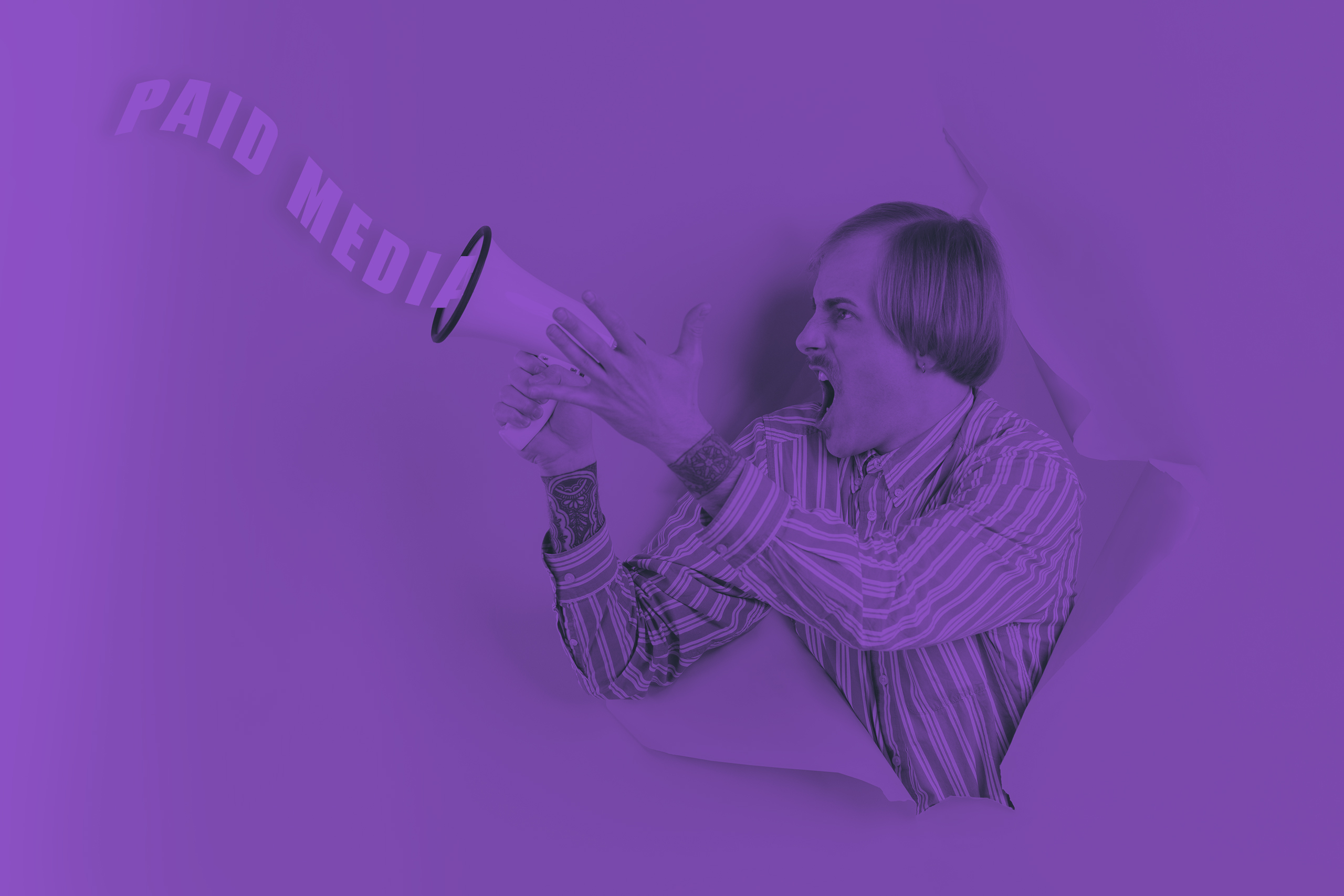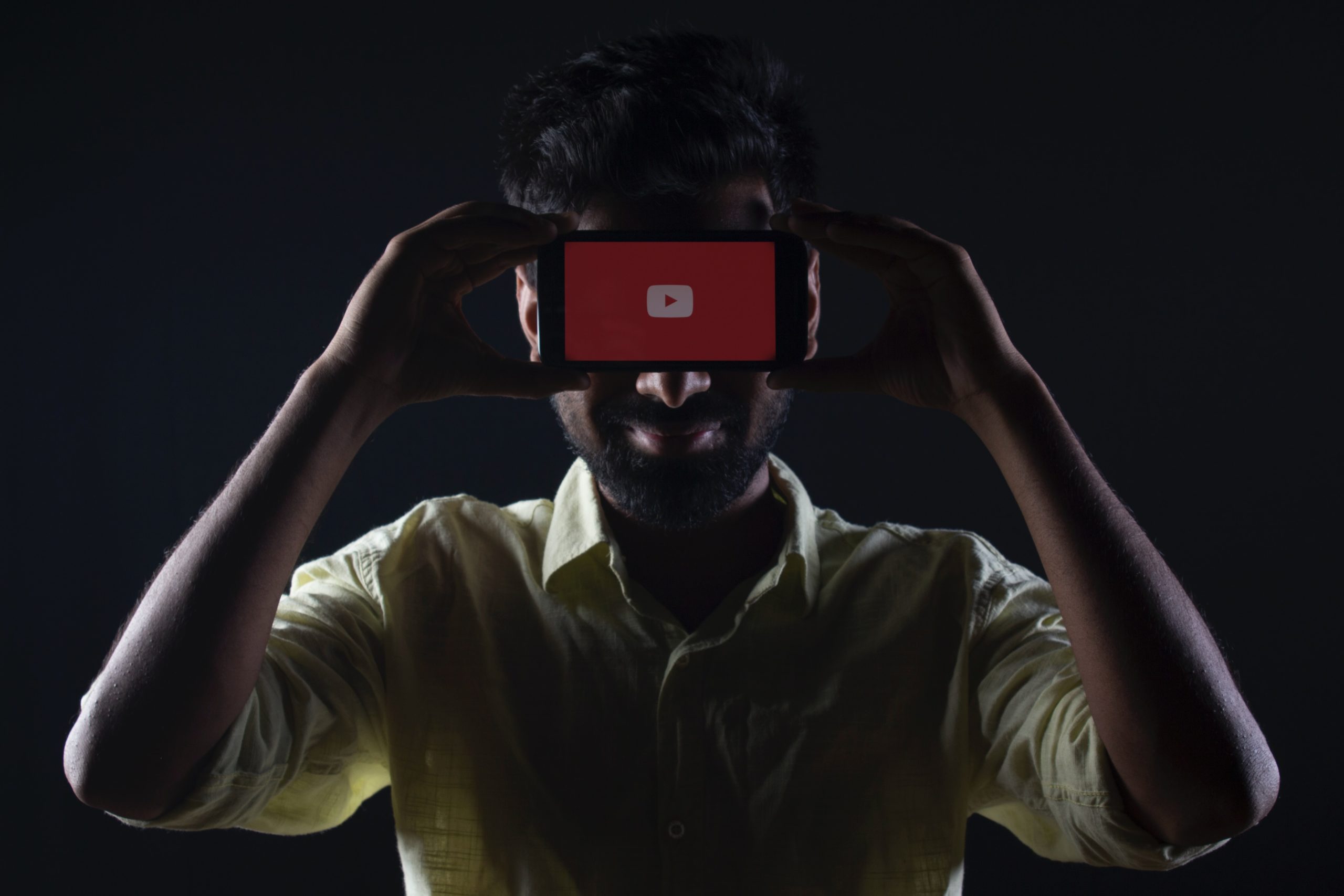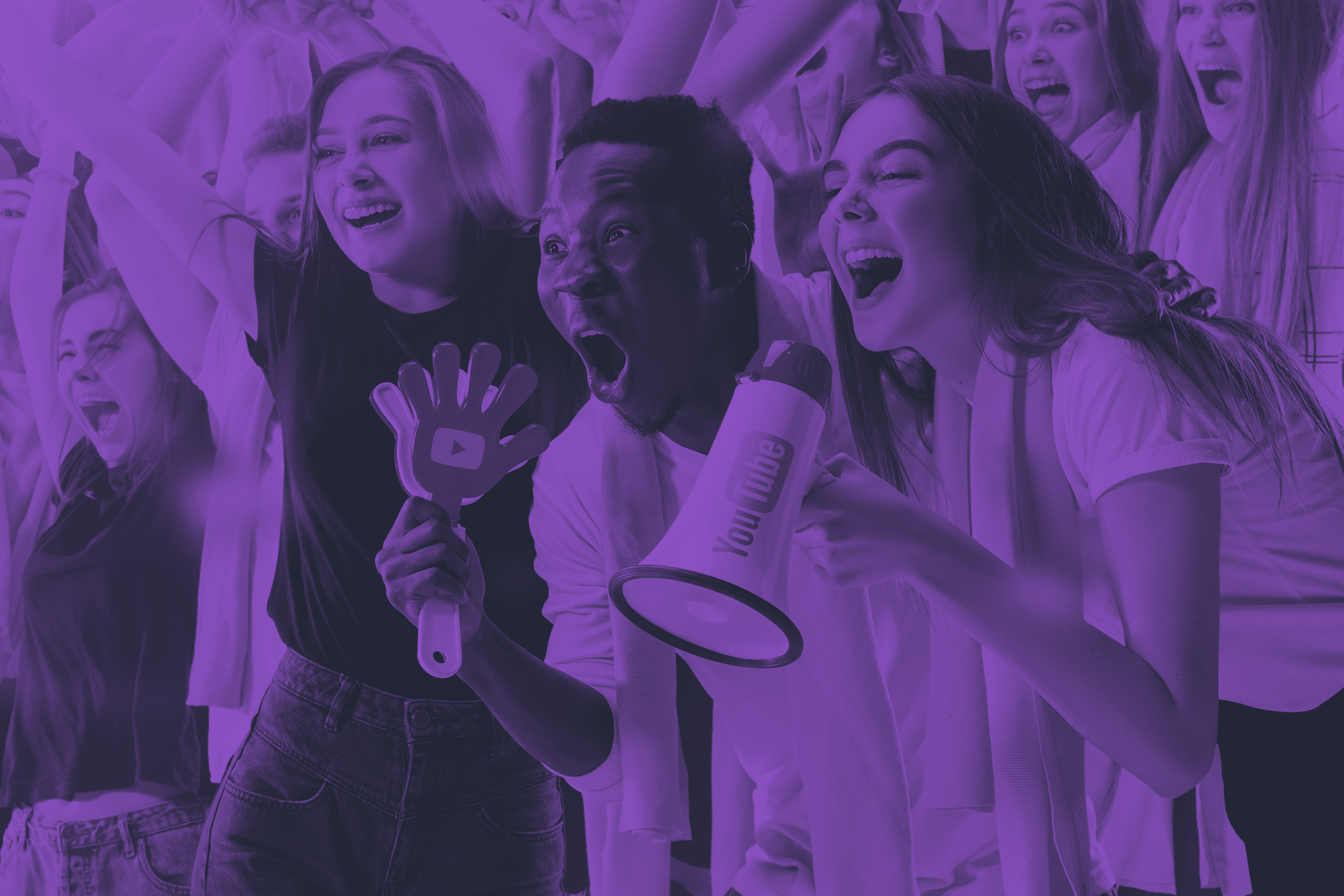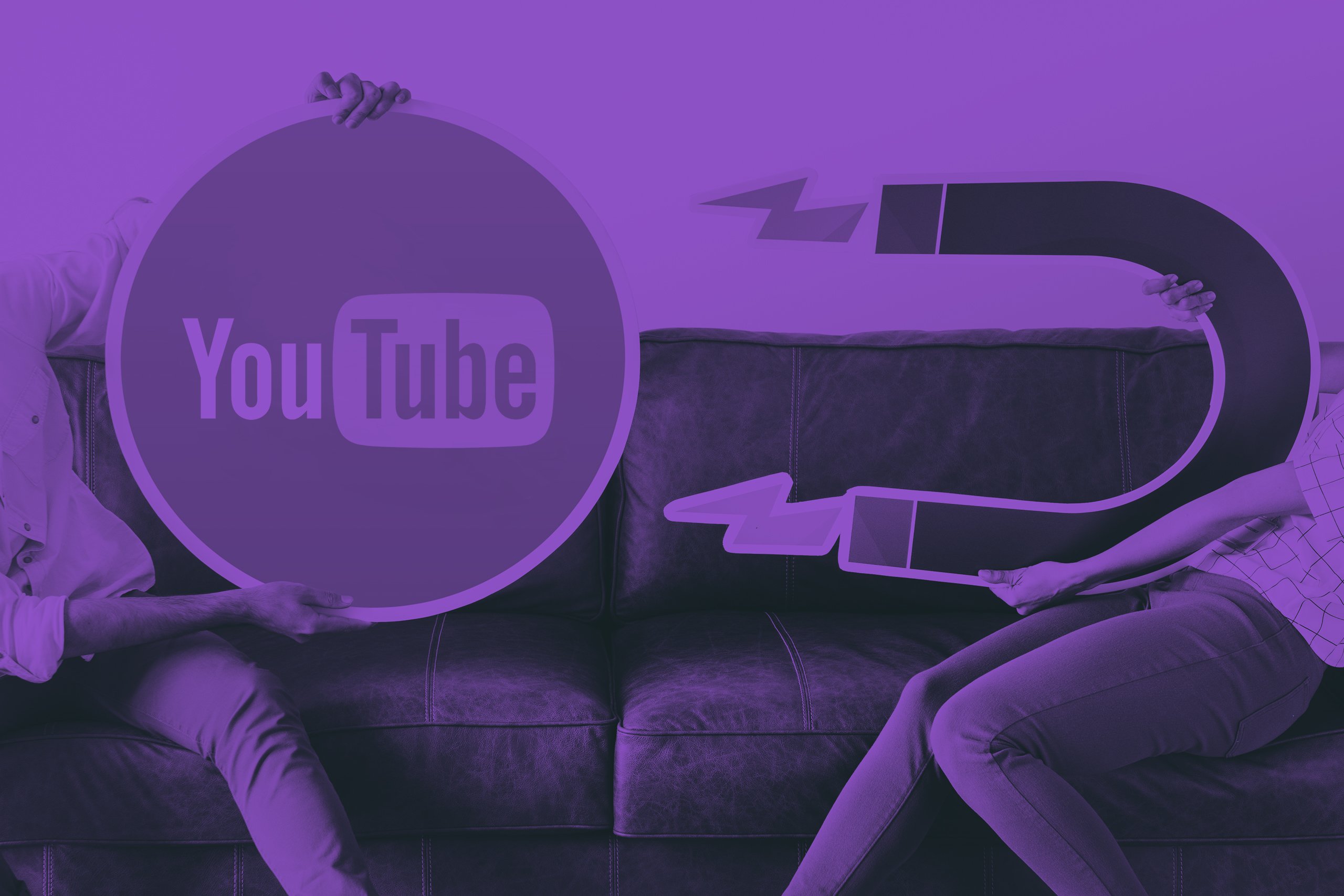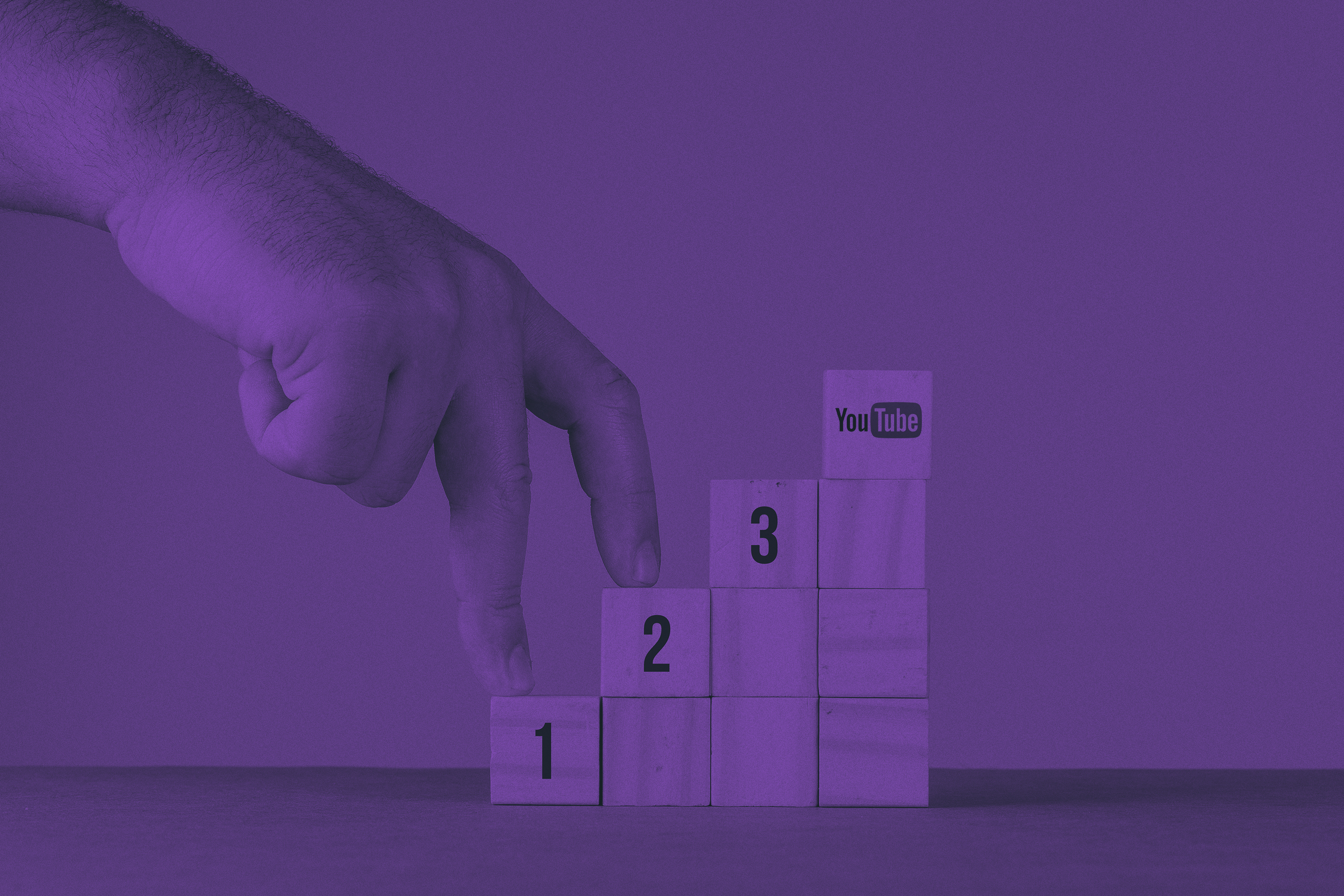As a marketer, you understand the importance of leveraging every available resource to promote your business and create revenue opportunities. From paid media to search engine optimization (SEO), the digital marketing landscape offers many opportunities to spread the word about your business or enterprise. However, understanding the distinctions between these resources, particularly paid advertising and SEO, is crucial to unlocking their full potential and maximizing the benefits for your business. At Yugo Media and Jason Pittock SEO, we specialize in integrating these strategies seamlessly to take your business to the next level.
If you are looking for “not the average cookie-cutter agency” to help you dial in your lead gen with PPC, scale your custom acquisition, and regain insights into your customer journey to make informed ROI-driven decisions, then drop us a line. Grab a FREE 1:1 with Jason or one of paid media experts.
Paid Media ROAS: Instant Visibility, Immediate Impact
What is Paid Media?
Paid media refers to the practice of advertising through various digital channels, such as search engines, social media platforms, display networks, and more. It involves paying for ad placements to reach a targeted audience and drive traffic to a website or landing page. Paid media campaigns provide instant visibility and immediate impact, as ads can be displayed prominently to users actively searching for relevant keywords or engaging with specific demographics.
Understanding Paid Media ROAS
ROAS, or Return on Ad Spend, is a metric used to measure the effectiveness of paid media campaigns by evaluating the revenue generated for each dollar spent on advertising. It provides insights into the financial performance of ad campaigns and helps businesses make informed decisions regarding budget allocation and optimization. ROAS is calculated by dividing the revenue generated from ads by the cost of the ads and expressing the result as a ratio or percentage.
ROAS = Advertising Revenue / Advertising Cost
A higher ROAS indicates that the campaign is generating more revenue compared to the advertising cost, making it a desirable metric for assessing the success of paid media campaigns.
Paid media campaigns offer businesses several advantages:
- Instant Visibility: By investing in paid media, businesses can achieve instant visibility in front of their target audience. Ads can be displayed prominently in search engine results, social media feeds, and other digital platforms, capturing immediate attention.
- Targeted Reach: Paid media allows businesses to target specific demographics, interests, and behaviors. This level of targeting ensures that ads are shown to relevant audiences, increasing the chances of engagement and conversions.
- Flexible Budgeting: Businesses have control over their ad spend and can set daily or campaign budgets according to their financial capabilities and goals. This flexibility enables businesses to optimize their spending and maximize ROI.
- Measurable Results: With paid media, businesses can track and measure the performance of their campaigns in real-time. Metrics such as impressions, clicks, conversions, and ROAS provide valuable insights for optimizing future campaigns.
While paid media can yield instant visibility and immediate impact, it also comes with some considerations:
- Ongoing Investment: Paid media campaigns require continuous investment to maintain visibility and generate results. The visibility and traffic diminish once the ad spend is paused or reduced.
- Funnel optimization: Paid media without the necessary supporting assets will struggle to perform. Make sure to have email marketing, automation, and CRM in place before considering starting paid media.
- Cost Variability: The cost of paid media campaigns can vary depending on factors such as platform, competition, targeting options, and ad format. Businesses should carefully plan and allocate their budgets to ensure optimal results.
- Ad Fatigue: Over time, audiences may become fatigued by repetitive or irrelevant ads, leading to decreased engagement and conversion rates. Regularly refreshing ad creatives and targeting strategies are essential to combat ad fatigue. Also creating segmentation through user ID tracking will allow for the same person/user to never see the same ad more times than necessary.
SEO: Long-term Visibility, Sustainable Growth
What is SEO?
Search Engine Optimization (SEO) is the practice of optimizing a website to improve its visibility and organic rankings in search engine results pages (SERPs). It involves various exercises, including keyword research, on-page optimization, content creation, link building, and technical optimizations. SEO focuses on driving organic, unpaid traffic to a website over the long term and establishing a strong online presence which we refer to at Jason Pittock SEO as Organic Visibility.
The Power of Organic Visibility
One of the key benefits of SEO is the power of organic visibility. When a website ranks high in search engine results for relevant keywords or dominates a specific topic, it receives targeted, high-quality traffic without having to pay for each click. Organic visibility has a sustainable nature, as it can continue to generate visits and conversions even after initial optimizations are done. By investing in SEO, businesses can tap into a consistent source of traffic and achieve sustainable growth over time.
SEO focuses on improving a website's visibility and organic search rankings in search engine results pages (SERPs). It involves optimizing various elements, such as website content, meta tags, backlinks, and site structure, to align with search engine algorithms. The goal of SEO is to increase organic traffic, enhance website authority, and ultimately drive conversions without relying on paid advertising.
SEO offers businesses several advantages:
- Long-term Visibility: Unlike paid media campaigns that require ongoing investment, SEO focuses on long-term visibility. By optimizing a website and its content, businesses can rank higher in search engine results and attract organic traffic over an extended period.
- Cost-Effectiveness: While SEO may require an upfront investment in terms of time, effort, and resources, the long-term benefits outweigh the initial costs. Organic traffic generated through SEO efforts is essentially free, reducing the dependency on paid advertising.
- Trust and Credibility: Websites that rank high in organic search results are often perceived as more trustworthy and credible by users. Establishing a strong online presence through SEO can enhance a brand's reputation and authority in its industry.
- Targeted Traffic: SEO allows businesses to target specific keywords and optimize their content to attract highly relevant traffic. By aligning the content with user intent, businesses can engage with users actively searching for information or solutions related to their products or services.
However, SEO also presents some challenges and considerations:
- Time and Patience: Achieving significant results with SEO takes time and patience. It can take several months or longer to see substantial improvements in organic rankings and traffic. Businesses should be prepared for the long-term nature of SEO.
- Algorithm Changes: Search engine algorithms frequently evolve, leading to shifts in organic rankings. Businesses must stay updated with algorithm changes and adapt their SEO strategies to maintain visibility and rankings.
- Competitive Landscape: SEO is a highly competitive space, and businesses need to consistently optimize their websites and content to stay ahead of competitors. Continuous monitoring, analysis, and adaptation are crucial for success in the competitive SEO landscape.
The Battle for Digital Dominance: Paid Media ROAS vs. SEO
Now that we have explored the fundamentals of paid media ROAS and SEO, let's compare their key aspects and determine their role in the battle for digital dominance:
Speed and Immediate Impact
Paid media campaigns offer instant visibility and immediate impact. By paying for ad placements, businesses can quickly reach their target audience and drive traffic to their websites. This speed is especially beneficial for time-sensitive promotions or product launches. On the other hand, SEO requires time and continuous effort to optimize a website and improve its organic rankings. Achieving significant results with SEO may take months or even longer, making it a more long-term strategy.
Cost Considerations
Paid media campaigns involve direct costs, as businesses need to allocate a budget for ad spend. The cost varies based on factors such as the platform, competition, targeting options, and ad format. While paid media can deliver immediate results, it requires ongoing investment to maintain visibility. In contrast, SEO focuses on organic rankings, and the costs primarily involve time, effort, and resources dedicated to optimization. Although SEO may require an upfront investment, the long-term sustainability and potential cost savings from organic traffic make it an attractive option.
Sustainability and Long-term Growth
While paid media campaigns can generate immediate results, their impact diminishes once the ad spend is paused or reduced. On the other hand, SEO efforts have the potential for sustainable, long-term growth. By optimizing a website for organic search visibility and creating valuable content, businesses can attract targeted organic traffic continuously. Once a website ranks well in search engine results, it can generate ongoing traffic and conversions without additional ad spend.
Targeting and Audience Engagement
Paid media campaigns allow businesses to leverage precise targeting options, such as customer matches, demographics, interests, locations, and search intent. This level of control helps reach specific audience segments and tailor ad messaging accordingly. In comparison, SEO focuses on optimizing a website to rank for relevant keywords and attract organic traffic. While SEO may not offer the same level of granular targeting as paid media, it enables businesses to engage with users actively searching for information or solutions related to their products or services.
Finding the Right Balance for Optimal ROI
Rather than being bias and choosing paid media against SEO, businesses can achieve optimal ROI by finding the right balance between these strategies. Here are a few considerations to guide your digital marketing approach:
1. Define Your Objectives
Clearly define your marketing objectives to determine which strategy aligns best with your goals. If you require immediate visibility and quick results for specific campaigns or promotions, paid media can deliver instant impact. For sustainable long-term growth and establishing a strong online presence, SEO is the key.
2. Budget Allocation
Consider your budget and allocate resources accordingly. Paid media campaigns require direct ad spend, while SEO may involve upfront investments in website optimization and content creation. Evaluate your budget constraints and allocate funds to maximize the impact of both strategies.
3. Synergy and Integration
Paid media and SEO can complement each other when integrated strategically. Use paid media campaigns to drive immediate traffic and conversions while simultaneously investing in SEO for long-term visibility and organic growth. By aligning these strategies and leveraging their strengths, businesses can achieve a holistic digital marketing approach.
Retargeting opportunity: Cross-Pollination
One of the key aspects of complementing SEO and Paid Media is understanding how retargeting works. We often call this "cross-pollination" using your organic reach to feed your paid media machine.
Retargeting with Paid Media is simply showing an ad to someone who has already visited your site or a specific page. But it can become very effective when you segment the journey your "organic" visitor taken and show specific ad creative depending on what they have engaged with your website.
By optimizing your SEO strategy you will receive traffic to your website which can then allow you to retarget them through Paid Media for a fraction of the cost.
Here at Yugo Media, we call this “cross-pollination”. This strategy is exceptionally successful for businesses that are starting paid media and have a considerable amount of organic traffic.
Comparison: Paid Media vs SEO
| Paid Media | SEO (Search Engine Optimization) |
| Emphasizes on paid advertising campaigns | Focuses on organic search visibility |
| Provides immediate visibility | Achieves long-term visibility in search results |
| Targets specific audiences through precise targeting | Attracts organic traffic based on optimized content |
| Scalable with flexible budget adjustments | Requires ongoing effort and investment for optimization |
| Measurable performance metrics (impressions, clicks) | Success is measured through rankings, traffic, and engagement |
| Requires continuous ad spend | Cost-effective in the long run with sustained organic traffic |
| Offers precise audience targeting | Builds credibility and trust through organic search results |
| Can provide quick results and ROI | Takes time to see significant results and ROI |
Conclusion
In the battle for visibility and growth, paid media ROAS and SEO are two powerful strategies that offer distinct benefits and play complementary roles in driving traffic and maximizing ROI.
Paid media delivers instant visibility and immediate impact, making it ideal for time-sensitive campaigns. On the other hand, SEO focuses on long-term visibility, sustainable growth, and the power of organic traffic. Rather than favoring one over the other, businesses can achieve optimal results by finding the right balance and integrating these strategies effectively.
At Yugo Media, a marketing company specializing in Paid Media, we understand the importance of harnessing the potential of paid media and SEO for our client's success.
If you're looking for a FREE DEMO or seeking professional assistance in navigating the complexities of paid media and SEO, don't hesitate to get in touch with us. As your trusted partner, we're here to help you unlock the full potential of these strategies and achieve sustainable results in your marketing campaigns.
Contact Yugo Media today, we look forward to hearing from you.


